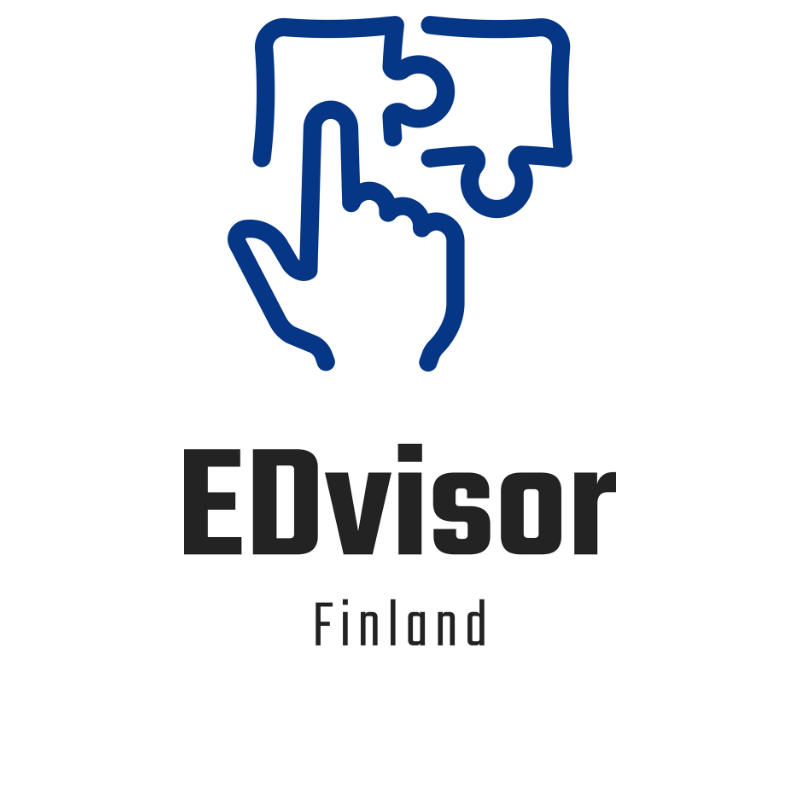REIMAGINE NEWSLETTER: ISSUE 36
APPLICANT SUCCESS PARTNER

Startups investors evaluate 3 elements when deciding on whether to risk their capital; team, product and market. While team is always a key consideration in the EdTech space, there tends to be a focus on market over product. We explore how the ingredients of an EdTech product decides market distribution and market share. In doing so, it serves as a reminder to EdTech start-ups and investors of the primacy of education in EdTech.
Case studies of success
Nordic companies Kide Science and Dragonbox focussed firstly upon curriculum and pedagogy, meaning they identified from the outset the learning goals and delivery method their product would address and supply. Though their products are very popular, there is nothing fancy about them. What they do though is deliver a strong research-based pedagogy. Their lessons are backed up by the pedagogy and relevant learning goals. For any teacher, the challenges of implementation are overcome by the planning and preparation provided by both companies. It’s not just the quality of the product itself but how they have made it accessible for the common teacher. This demonstrates how in EdTech product design, targeting specific curricula and aligning with familiar and trusted pedagogy opens up market access. Kide Science and Dragonbox have earned market credibility because pedagogues are at heart pragmatists: they are only interested in what works. If an EdTech product does not attain curriculum learning goals through proven pedagogy, it will never have a market. In the case of these companies, they poured angel and seed capital into building a quality product, not a minimal viable product, before going to market.
Market penetration via a grassroots/ground-level approach
Teachers who have been working in a classroom are the best people to judge how an EdTech tool will be implemented in the classroom and whether it will be successful or not. Many tools claim to have strong pedagogy that fits in the modern classroom, yet a teacher can spot its weaknesses a mile off and simply won’t use it, as it cannot fit inside their classroom. The more complex the pedagogy, the more planning it takes to integrate into the classroom. For example, a Kahoot style quiz can be used in the classroom at any moment, whereas pedagogies that foster critical thinking and collaboration must be carefully planned before being used. Nevertheless, products are delivered to teachers without any ideas or plans on how to use it in the classroom. Though AR and VR in schools are seen as the next big trend, only 11 per cent of respondents to the EDTRENDS report for educators are seeing this. This is mainly because it takes much more preparation in using these products in the classroom and the teachers’ material for these tools are not up to scratch. Although students are the most common end-users, teachers should be seen as ‘user coordinators’, not merely someone to consult with. They know so much about your end-users; cognitive development by age group, learning preferences, level of conceptual understanding, tech skillset, interests etc. We should listen to them when designing EdTech products and make sure we supply professional development to implement them.
In short, by prioritising the day-to-day problems that teachers need to be solved at ground-level, we identify the market for our product. Instead of assuming a certain technology can be scaled across educational institutions, find out what educational solutions can be scaled via technology. Education is a human interaction profession, so human-factors engineering must drive product design. Marketers shouldn’t have to persuade schools to use a product if its design is based upon ‘walking the corridors’, so use up shoe leather before productisation, not after…
Interrupt, rather than disrupt
Too many non-teachers think Solution A solves Problem B, however, teachers understand this isn’t the case. One tool won’t fix a problem, just like a math book won’t help all students to be great at math. Also, too many solutions created by non-teachers are passive learning tools. This is mainly because the creators aren’t usually teachers. They may refer to educators yet the educator isn’t involved when the tool is being created. Therefore, many EdTech tools don’t allow students to collaborate, discuss or think critically, all of which promote deeper learning. As a result, these EdTech tools remain passive, meaning students merely answer questions or don’t interact with other classmates when learning. This leaves students unmotivated and disengaged as there’s no real learning of the topic. Referring back to Dragonbox and Kide Science, they promote active learning, which corresponds more closely to how classrooms work today.
Thus, when building an EdTech solution our greatest ally is systems-thinking. For a majority of teachers, disruption conjures up the image of someone throwing a spanner in the works. EdTech is not like FinTech, AgriTech or any other area of technology: education is based upon centuries of interaction between human beings. So, in product design think about how an EdTech product integrates with existing practices and tools; planning, teaching, assessing, textbooks, manipulatives, equipment. How does the EdTech become part of what already happens every day?

Marcus Sheehan
Co-Founder
Pedagogy Consultant at EDvisor Finland

Neil O’Toole
COO @EDvisor Finland, putting pedagogy at the core of EdTech
How product integration generates market longevity
Integration is your strongest card when going to market because integration yields market longevity. As with most games, the product alone won’t keep students interested, especially when the market is producing passive EdTech tools. To ensure the longevity of any product, focus on what is built around the product; the numerous methods on how to use the product, the lesson plans, the units of work and the various ways it can be integrated into other school subjects.
EDvisor Finland has identified a balance of 12 factors that drive EdTech longevity, namely; personalisation, student-centeredness, active learning, deeper learning, pedagogical accessibility, the involvement of teachers, integration with a modern learning environment, collaboration, content, engagement, creativity and critical thinking. We have developed these into a Capability HEATMAP to help EdTech start-ups incubate their product so that it addresses these factors. By identifying the emphasis within these capabilities, EdTech start-ups are zooming in on the market needs their product is targeting and what that market values most.
Most EdTech startups are not created by teachers. In fact, their life cycle often consists of Capital-Tech-Ed in that order: cash is injected into developing a technology that can be scaled across an education market. We recommend a complete inversion of this all too common business plan: bootstrapped educational development that is based upon quality pedagogy and content to deliver learning goals, integrate compatible technology that will act as a platform for this pedagogy and content. Only when a prototype/mock-up has been piloted in a learning environment to gain market feedback, should serious capital be deployed.
In conclusion, what EDvisor Finland is advocating is to reverse the classic EdTech incubation process, with education as the key driver of productisation and scalability, rather than market and potential revenue. EdTech has witnessed exponential growth over the past decade but if it is to sustain the next economic cycle, it should prioritise its main goal: learning.

